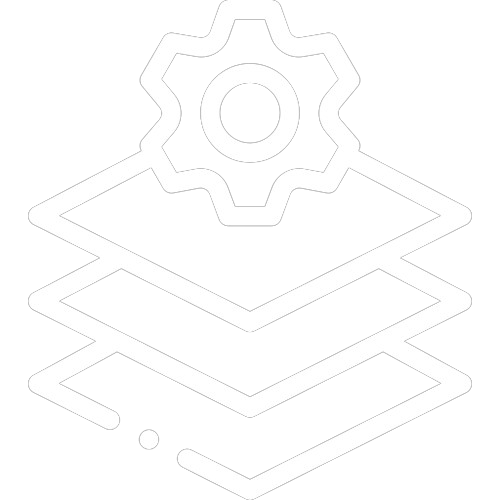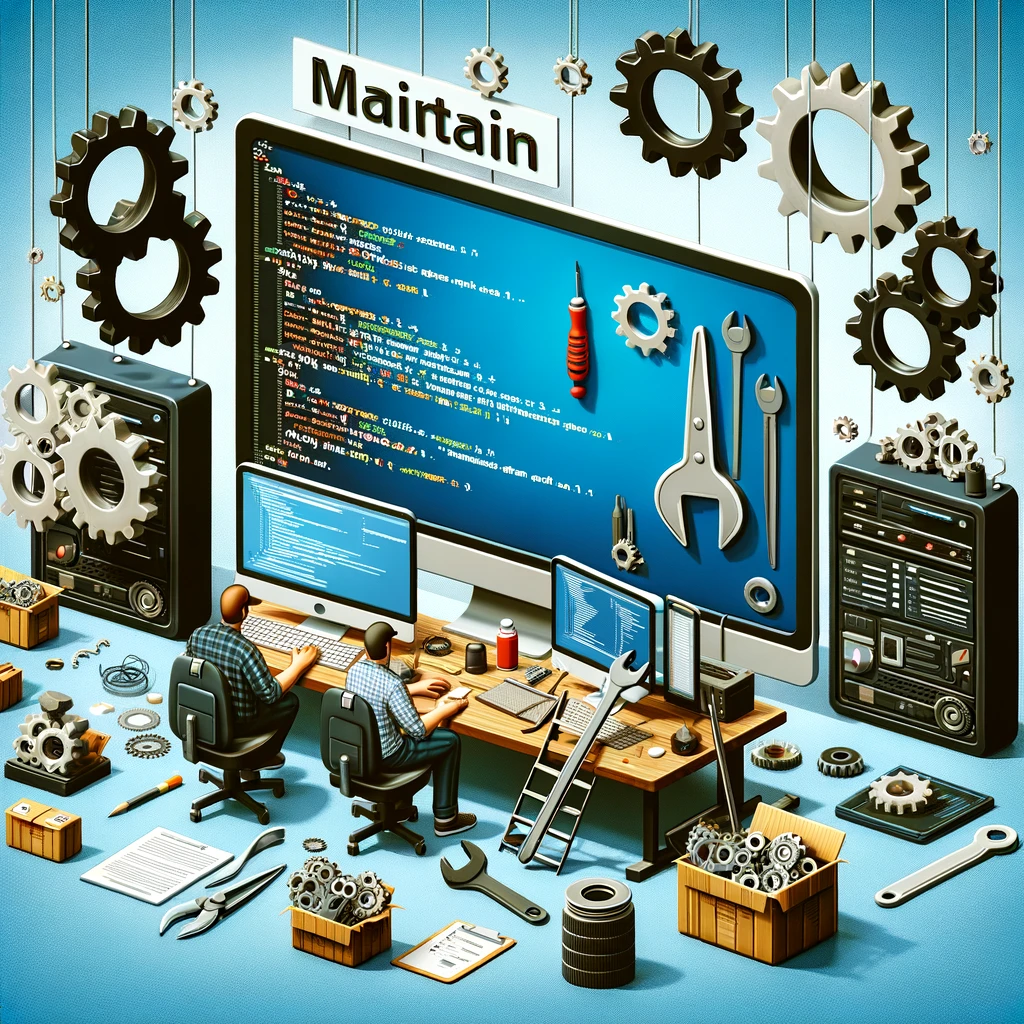Product Engineering
In the dynamic realm of the tech industry, product engineering emerges as a pivotal force, propelling companies to swiftly and proficiently bring forth groundbreaking products. At its core, product engineering transforms abstract ideas or needs into tangible, market-ready products. This transformation is achieved through a meticulously structured series of stages—spanning from the initial comprehension of the problem or opportunity to the design and development of a viable solution, culminating in the assurance of the product's quality and market readiness. Beyond the technical intricacies of product development, product engineering also navigates critical considerations such as usability, cost-effectiveness, scalability, and expedited market entry. Furthermore, it champions the adoption of cutting-edge technologies and methodologies, including Agile and DevOps, to refine development processes and bolster team collaboration.

Stages of
Product Engineering
in IT

The discovery stage is all about identifying opportunities and understanding the needs of the market and the end-users. It involves extensive research, including market analysis, competitor analysis, and user interviews. The aim is to gather insights that will guide the development of a product that addresses a genuine need in a unique or superior way.

In the definition stage, the focus shifts to specifying what to build. This involves setting clear objectives, defining the scope of the product, and establishing the requirements. It's crucial to outline the product's features, functionalities, and performance criteria during this phase. Clear documentation and a well-defined project plan are essential outcomes of this stage.

The building stage is where the actual development and coding of the product take place. It's a phase of rigorous software development, where developers turn design blueprints into a functional product. This stage employs various methodologies, such as Agile or Waterfall, depending on the project's needs, and focuses on creating a high-quality, scalable product.

Quality assurance (QA) is integral to product engineering, ensuring the product meets the set quality standards and is free from defects. This stage involves systematic testing, including unit testing, integration testing, system testing, and user acceptance testing (UAT). The aim is to identify and fix any issues or bugs before the product reaches the market.

Deployment is the stage where the product is released into the production environment, making it available to end-users. This phase requires careful planning to ensure a smooth launch, including the setup of production environments, data migration, and the final release rollout. It may also involve training end-users and preparing support and maintenance teams.

The maintenance phase begins once the product is in the hands of users. It involves ongoing support, bug fixes, and updates to ensure the product remains functional, relevant, and competitive. This stage is crucial for addressing any post-launch issues and for implementing enhancements based on user feedback.

The discovery stage is all about identifying opportunities and understanding the needs of the market and the end-users. It involves extensive research, including market analysis, competitor analysis, and user interviews. The aim is to gather insights that will guide the development of a product that addresses a genuine need in a unique or superior way.

In the definition stage, the focus shifts to specifying what to build. This involves setting clear objectives, defining the scope of the product, and establishing the requirements. It's crucial to outline the product's features, functionalities, and performance criteria during this phase. Clear documentation and a well-defined project plan are essential outcomes of this stage.

The building stage is where the actual development and coding of the product take place. It's a phase of rigorous software development, where developers turn design blueprints into a functional product. This stage employs various methodologies, such as Agile or Waterfall, depending on the project's needs, and focuses on creating a high-quality, scalable product.

Quality assurance (QA) is integral to product engineering, ensuring the product meets the set quality standards and is free from defects. This stage involves systematic testing, including unit testing, integration testing, system testing, and user acceptance testing (UAT). The aim is to identify and fix any issues or bugs before the product reaches the market.

Deployment is the stage where the product is released into the production environment, making it available to end-users. This phase requires careful planning to ensure a smooth launch, including the setup of production environments, data migration, and the final release rollout. It may also involve training end-users and preparing support and maintenance teams.

The maintenance phase begins once the product is in the hands of users. It involves ongoing support, bug fixes, and updates to ensure the product remains functional, relevant, and competitive. This stage is crucial for addressing any post-launch issues and for implementing enhancements based on user feedback.
Identifying market needs and conceptualizing innovative solutions through extensive research on user requirements and technology trends.
Transforming ideas into designs that align with user needs and technical specifications, considering both hardware and software aspects within budget constraints.
Ensuring products meet quality standards and are defect-free through comprehensive testing methods, including unit, integration, system, and user acceptance testing.
Strategically releasing the product into the market, focusing on market entry, distribution, and marketing to reach the target audience.
Providing ongoing support and updates to enhance product features, usability, and performance based on user feedback and technological advancements.
Product engineering, in its essence, is a dynamic and comprehensive journey from ideation to continuous improvement, pivotal for navigating the complexities of the tech industry. It not only requires technical acumen but also a deep understanding of the market and the user. By embracing this holistic approach, companies are equipped to not only launch successful products but also sustain their growth and relevance in a rapidly changing technological landscape. Through the iterative refinement and adaptation of products, businesses can ensure that they not only meet but exceed user expectations, securing their position in the competitive tech market.


